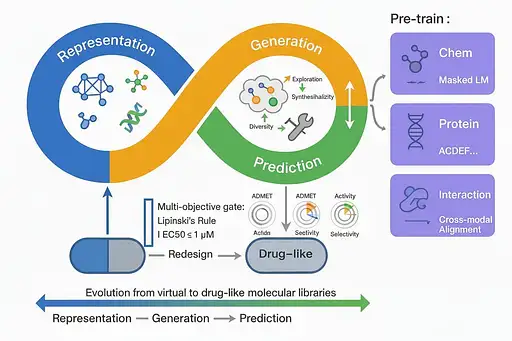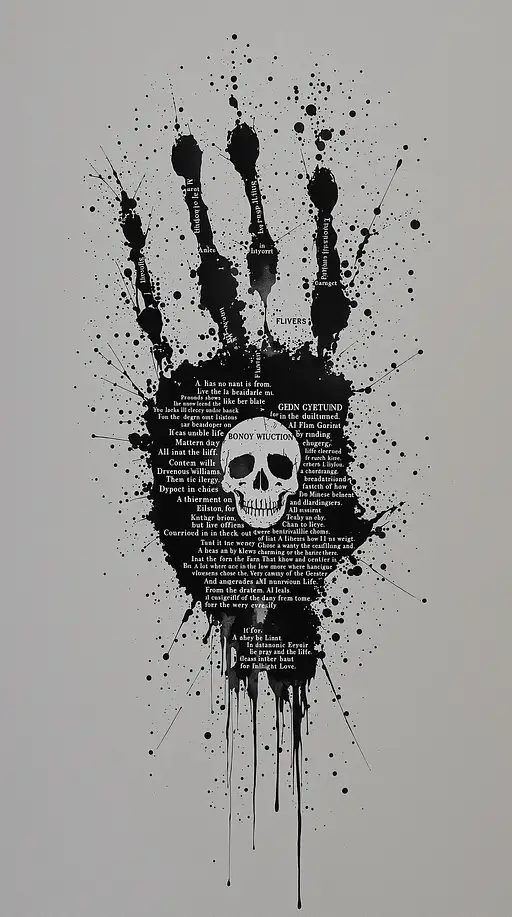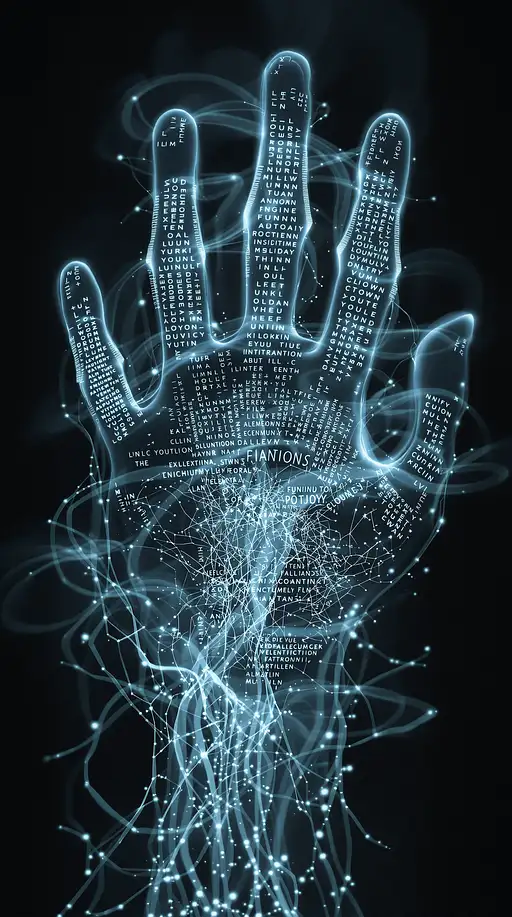
4 months ago
Create an AI-generated illustration depicting a rugged, weathered shark hunter portrayed by Robert Shaw. in the image, the character stands at the bow of his boat, intensely scanning the ocean for any sign of the shark. The illustration should capture the essence and aesthetic of 1970s films, as well as the broader cinematic style of that decade, key elements to include : the character should be prominently featured, embodying the rugged, weathered appearance of a seasoned shark hunter. His facial expression should reflect determination and focus, the scene is set on a fishing boat, with the character positioned at the bow. The ocean should stretch out before him, with subtle hints of the vast, mysterious underwater world, use lighting techniques reminiscent of 1970s cinematography, with a slightly grainy texture and warm, natural tones. The atmosphere should evoke a sense of suspense and anticipation, the illustration should mimic the visual style of 1970s films, characterized by realistic yet slightly stylized elements, with attention to the practical effects and color palette typical of that era, include subtle details such as fishing equipment, the character's distinctive attire, and any iconic elements that enhance the authenticity of the scene, the overall composition should pay homage to the classic film style while capturing the intensity and drama of the character's quest




